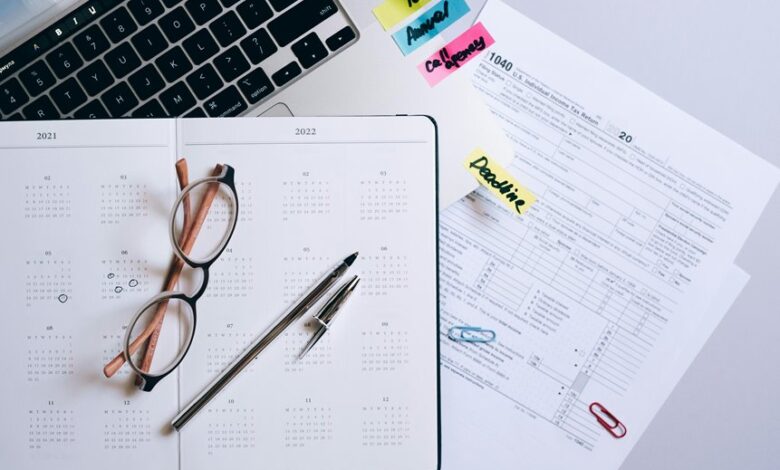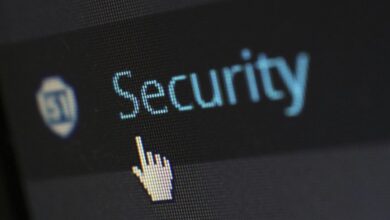Caller Trust Enforcement and Audit Office 9094676120 8339014159 4693403552 8156398343 5622741823 5205244079

Did you know that nearly 40% of all phone calls made today are scams? This alarming statistic highlights the critical need for Caller Trust Enforcement, especially for audit offices utilizing specific numbers like 9094676120, 8339014159, and others to track fraudulent activities. Understanding how these verification processes work is essential for safeguarding consumer interests. What measures can be taken to bolster user confidence and enhance security in our communication networks?
Understanding Caller Trust Enforcement
Understanding Caller Trust Enforcement is crucial for maintaining the integrity of communication networks. It ensures caller authentication, which helps differentiate legitimate calls from fraudulent ones.
By implementing effective trust signals, you enhance user confidence in communications. This regulatory framework not only protects consumers but also upholds the freedom to communicate without fear of deception.
Embracing these principles fosters a secure and reliable calling environment.
How Caller Verification Works
As you navigate the complexities of communication, it’s essential to grasp how caller verification functions to secure your interactions.
Caller authentication methods, such as two-factor authentication and tokenization, ensure that the person on the other end is legitimate.
Phone number verification processes further validate identities, reducing the risk of fraud.
Understanding these systems empowers you to communicate freely and confidently.
The Role of Consumer Reports in Fraud Prevention
While many consumers may not realize it, consumer reports play a pivotal role in fraud prevention by providing crucial insights into individuals’ credit histories and behaviors.
Ensuring consumer report accuracy is essential for effective fraud detection techniques. With accurate reports, you can identify discrepancies that signal potential fraud, empowering you to take action and protect your financial freedom from malicious activities.
Identifying and Reporting Suspicious Numbers
How can you effectively identify and report suspicious numbers to mitigate the risk of fraud?
Start by analyzing calls for suspicious patterns, like repeated unsolicited contacts or unusual requests for sensitive information.
Utilize established reporting mechanisms, such as local authorities or consumer protection agencies, to ensure these numbers are documented.
Your vigilance can significantly contribute to a safer communication environment for everyone.
Conclusion
In conclusion, prioritizing caller trust enforcement isn’t just a regulatory necessity; it’s your shield against fraud. By actively monitoring numbers like 9094676120 and 8339014159, you empower yourself to distinguish between genuine calls and potential scams. Think of it as equipping your communication toolbox with the best tools available. With vigilance and robust verification mechanisms in place, you can confidently engage in conversations, knowing you’re protected from the shadows of deception lurking in the calling environment.




